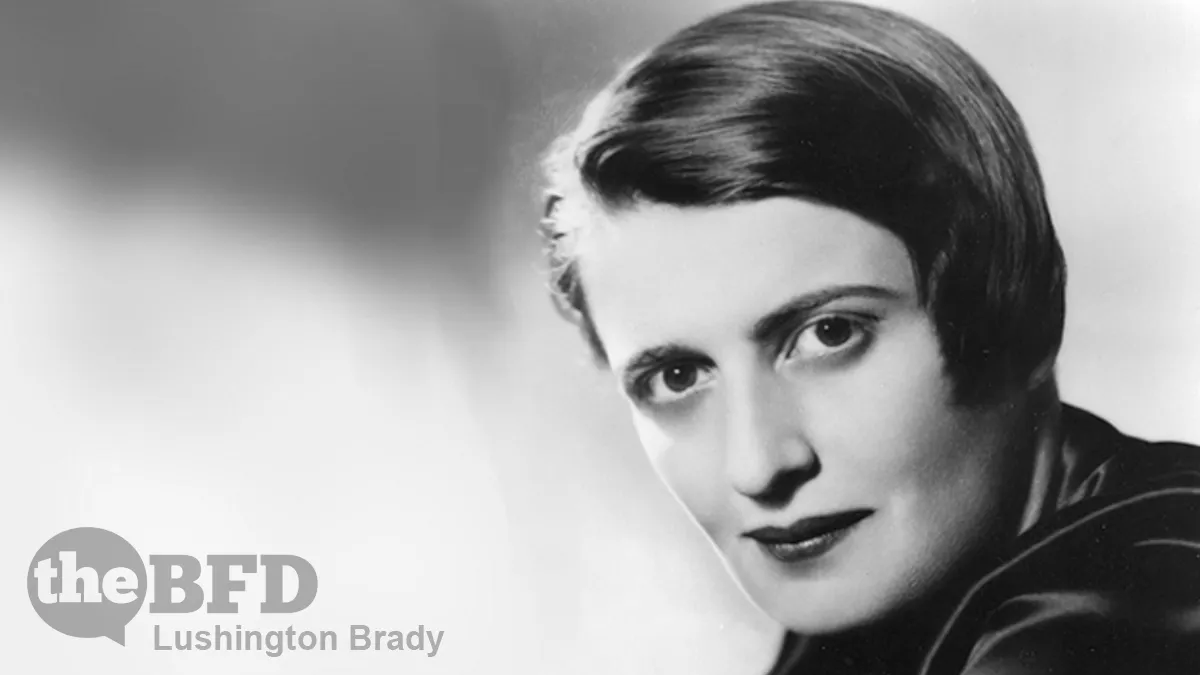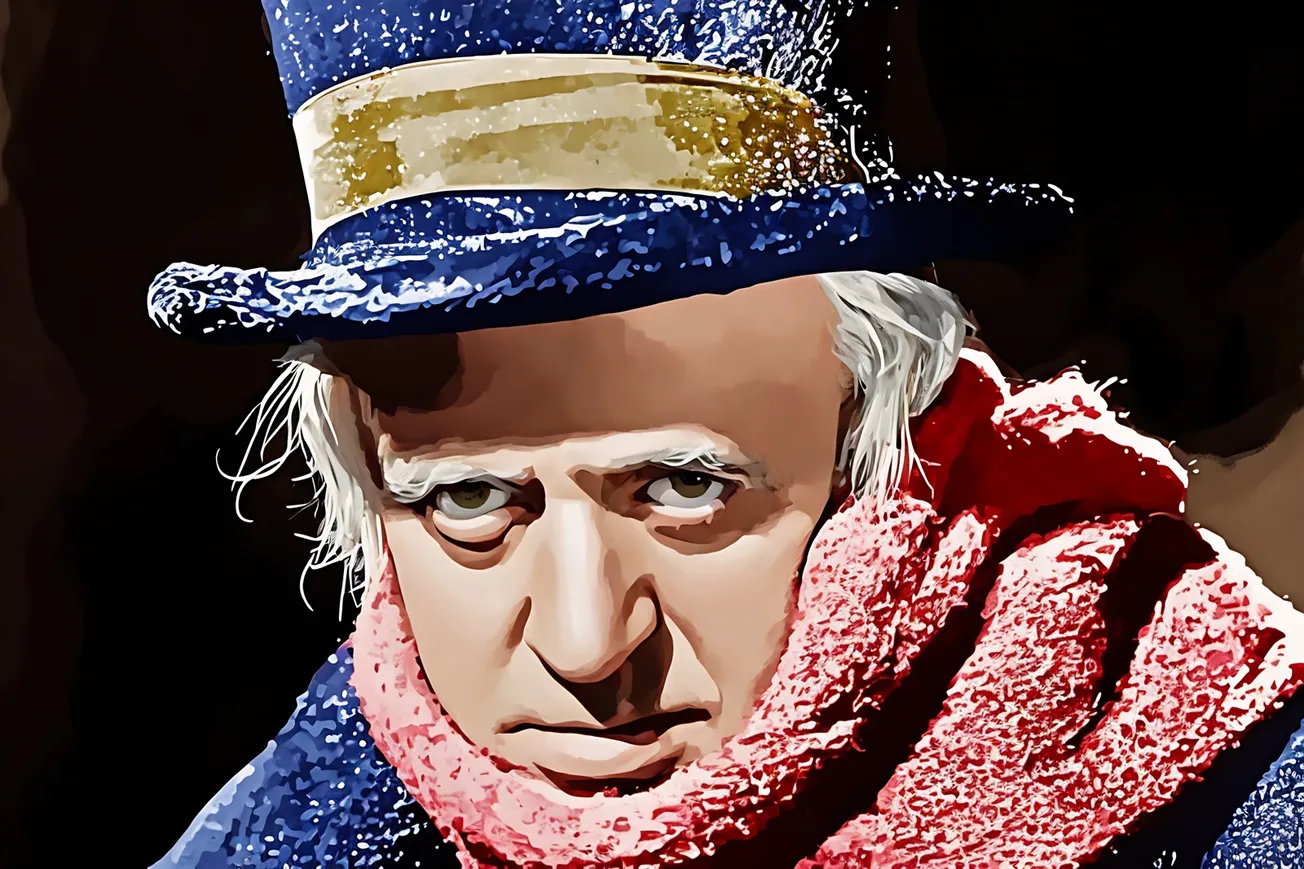Table of Contents
For a small Tasmanian hamlet, my home town has a rather well-read population, with remarkably varied tastes — at least, if the local street library is anything to go by. At our street libraries (plural, because it takes up a whole row of depositories on the main street), I’ve found everything from 20th century history tomes to paranormal romance novels.
One unexpected recent find was Ayn Rand’s The Fountainhead. Rand is one of those authors who are much discussed, mostly, it seems by people who’ve never actually read them. I certainly hadn’t read her, but I’d heard her books derided as ponderous, shallow trash with one-dimensional characters.
Reading The Fountainhead was quite a revelation: yes, the book is loooong, and its philosophy isn’t particularly deep, but its prose is surprisingly insightful and often hilarious. Rand had, if nothing else, a gift for devastating, witty observation. “She was Venus rising out of a submarine hatch,” for instance. Or, “Ralston Holcombe had no visible neck, but his chin took care of that”. If I could turn a phrase like that, I’d call myself a writer.
As for its characters, they may seem at first to be rather tendentious. You find yourself thinking that no real people could be so obsequious, so grasping and shallow.
At least, if you’ve never been to university.
You finally see that there really are Ellsworth M. Tooheys, Peter Keatings, and Catherine Halselys of the world. They weren’t merely archetypes — they exist and are in the lecture halls and administration buildings of your school.
Ellsworth Toohey is the principal antagonist of The Fountainhead. A public intellectual who is lauded as an expert in a field that he has absolutely no practical knowledge of or experience in. He is an utterly self-centred individual who cultivates the persona of a selfless saint. He poses publicly as the champion of the downtrodden masses, while privately joining his intelligentsia friends in sneering at the “deplorables” as mindless cattle, fit to be herded only to serve the goals of cocktail-party socialists. Toohey’s sole compass is amassing unearned power.
Toohey encapsulates everything for which so many professors in the public eye stand. They propagate ideas focused primarily on tearing down components of society they have no experience with while hiding behind a false intellectualism. False because the most successful of them must tow a specific academic line, lest they be cast off. Those who rise to prominence likely know what they are producing isn’t high quality, but that that is simply what you do to get ahead.
Michael Sandel — and his renowned Justice course — is a good example of a real-life Ellsworth Toohey.
Peter Keating acts as the antagonist of the first of The Fountainhead’s four parts, but is really a pitiable character who ends up broken and contemptuously discarded by Toohey.
While for much of the novel he seems successful, he’s a fake who ignores his own dreams in order to pursue what everyone around him — from his vile mother to his fellow poseurs in faculty and boardroom — tells him he should do. By the time he tries to do what he’s always wanted to do, paint, it’s too late. All he can do is furtively churn out trash in the secrecy of a rented shack.
In short, he’s pretty much like many of your classmates — especially those who are considered by traditional measures to be successful. They take the classes they know will help them preserve their GPAs while still setting themselves up to land that job at Goldman or Merrill Lynch. They connect with the right people at alumni events to introduce them to somebody in the hiring office at the Department of State. They spend their time with the right extracurricular activities to guarantee that they end up at the right graduate school after they are done.
They have little idea what they really want from life and just operate as mirrors for whatever the rest of the world describes as successful. Whether it’s a job on Wall Street, going to a prestigious graduate school, or landing a government job at graduation, they want it if others want it.
Catherine Halsey is another of The Fountainhead’s more pitiable characters. A rather sweet, selfless girl — so selfless that she cannot even upbraid Keating, who truly loves her, for dumping her and marrying the boss’s daughter. Halsey ends up as a rather nasty old maid, using her position as a bureaucratic micro-tyrant to bully the unfortunates she pretends to help, but secretly despises.
The same jaded disposition is found in many of the university bureaucrats students must work around to get anything done. You wanted to set up a protest in the university square? How quaint. Fill out this paperwork and take it to the Assistant Vice Dean to the Under-Provost of Student Affairs.
Hopton Stoddard and Mitchell Layton are relatively minor characters, but they have analogues on the campus, too.
Layton is the trustafarian rich-kid, “the he little boy who couldn’t digest grandpaw’s money”. Layton is the heir to someone else’s fortune who knows his essential uselessness and spends his life trying to make up for it by adopting a parade of aggressively left-wing poses. If The Fountainhead had been written in the 90s rather than the 20s, he probably would have been a member of Rage Against The Machine.
Hopton Stoddard is similarly secretly ashamed of his immense wealth and imagines that spending it on public buildings is the path to redemption. Stoddard is “The Guy for Whom Every Ridiculous Building on Campus is Named”.
Stoddards are found at every major university campus. The Stoddard Fine Arts Library. Hopton Stoddard Hall. Hopton Stoddard Medical Center. Every time a new building goes up, the University President trots out to Hopton Stoddards and asks them if they would like to leave a legacy on the campus to which they owe so much.
Finally, there is the hero of the novel: Howard Roark.
Roark is an often-unlikable character whose primary trait is selfishness. By which, Rand meant that he is solely motivated by his own drive to excel, not for mere financial gain, but for his own desire to achieve and to create: the true shapers, Rand says, of human achievement. He doesn’t care what anyone else thinks, he is guided solely by his own compass. A key phrase in the novel is when Toohey begs to know what Roark thinks of him: “But I don’t think of you”.
You probably haven’t met him at college. If you did, he’s the guy who just shows up for finals and does what is absolutely required of him. He uses the rest of his time to work, create, and build his own life outside of the classroom.
He was probably expelled before you would have met him, anyway.
Thought Catalog
Please share this article so that others can discover The BFD









